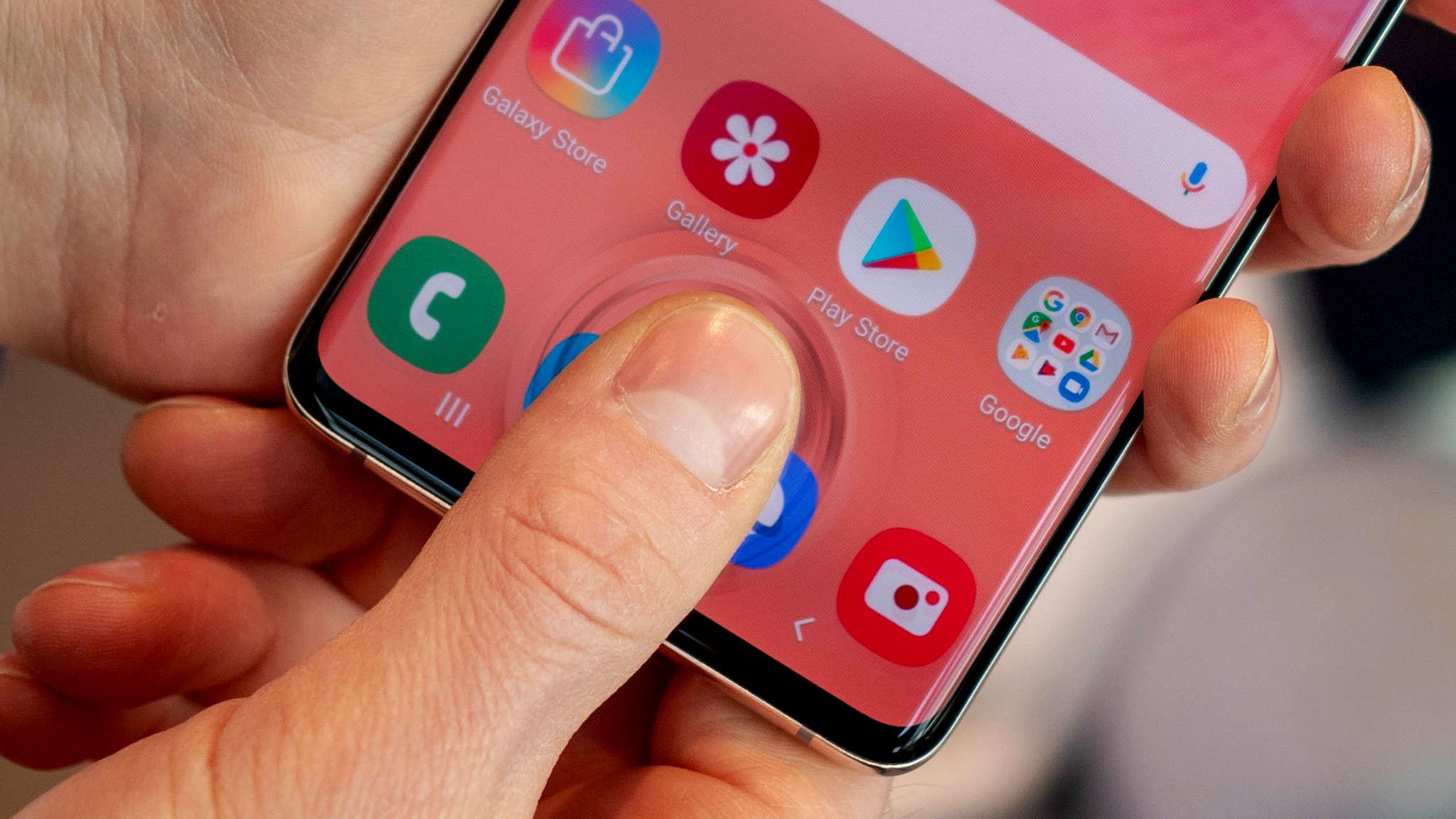Why Apple went with Face ID instead of in-display Touch ID

18 months later and while in-display fingerprint sensors have taken a step forward with Samsung's Galaxy S10, they're still not, you know, good.
Andrew Martonik, writing for Android Central:
'll lay it out simply: the ultrasonic fingerprint sensor is better than the optical ones I've used (primarily, the OnePlus 6T), but it is not as fast, accurate or easy to use as a modern capacitive fingerprint sensor. That shouldn't really come as any surprise, as capacitive sensors are a mature technology while the in-display sensors are still relatively new. But it's worth making clear. There is no situation in which the ultrasonic fingerprint sensor has been faster or more consistent than the Galaxy S9's rear-mounted capacitive sensor. That's incredibly unfortunate.
Also:
The only thing detracting from the complete package is the fingerprint sensor. A clear downgrade. It's a real shame that it puts a mark on such an amazing phone. I understand why Samsung did it, but it's interesting that it keeps making biometric decisions that fall short.The only thing detracting from the complete package is the fingerprint sensor. A clear downgrade. It's a real shame that it puts a mark on such an amazing phone. I understand why Samsung did it, but it's interesting that it keeps making biometric decisions that fall short.— Andrew Martonik (@andrewmartonik) March 5, 2019March 5, 2019
Dan Seifert, writing for The Verge:
But it's not as fast or reliable as the traditional, capacitive fingerprint scanner on the back of the S9. The target area for the reader is rather small (though the lock screen will show you a diagram of where to place your finger) and I had to be very deliberate with my finger placement to get it to work.Even then, I often had to try more than once before the S10 would unlock. I'd just rather have a Face ID system that requires less work to use, or at the very least, an old-school fingerprint scanner on the back of the phone. The S10 does have a face unlock feature, but it's just using the camera to look for your face and compare it to a previous image — there's no 3D mapping or anything. I was actually able to unlock the S10 with a video of my face played on another phone.
Jessica Dolcourt, writing for CNET:
I had issues with accuracy and speed at first, but it's been more accurate since Samsung pushed out an update to reviewers. It seems to work best the more deliberate you are about the placement of your thumb. It'll take a solid second to unlock, and you need to make sure you're actually pressing the screen, not just skimming it.
Others, including the Wall Street Journal and Wired didn't report the same issues, but I've also heard from friends who have it that it's not as good as the previous, non-in-screen sensor. Anecdote isn't data, but it's a tougher problem to solve so it stands to reason it'll take a little time and a few generations to solve it. Look at how long it took standard sensors to become good.
The difference is that Apple isn't into experimenting in public. So, Face ID, rather than a worse Touch ID. At least for now.
iMore offers spot-on advice and guidance from our team of experts, with decades of Apple device experience to lean on. Learn more with iMore!
I'm on record as saying I think touch-based authentication will return to iPhone at some point. Just not now, not even 18-months later, and not in the way we might expect.
Read Android Central's Samsung Galaxy S10+ review.

Rene Ritchie is one of the most respected Apple analysts in the business, reaching a combined audience of over 40 million readers a month. His YouTube channel, Vector, has over 90 thousand subscribers and 14 million views and his podcasts, including Debug, have been downloaded over 20 million times. He also regularly co-hosts MacBreak Weekly for the TWiT network and co-hosted CES Live! and Talk Mobile. Based in Montreal, Rene is a former director of product marketing, web developer, and graphic designer. He's authored several books and appeared on numerous television and radio segments to discuss Apple and the technology industry. When not working, he likes to cook, grapple, and spend time with his friends and family.
